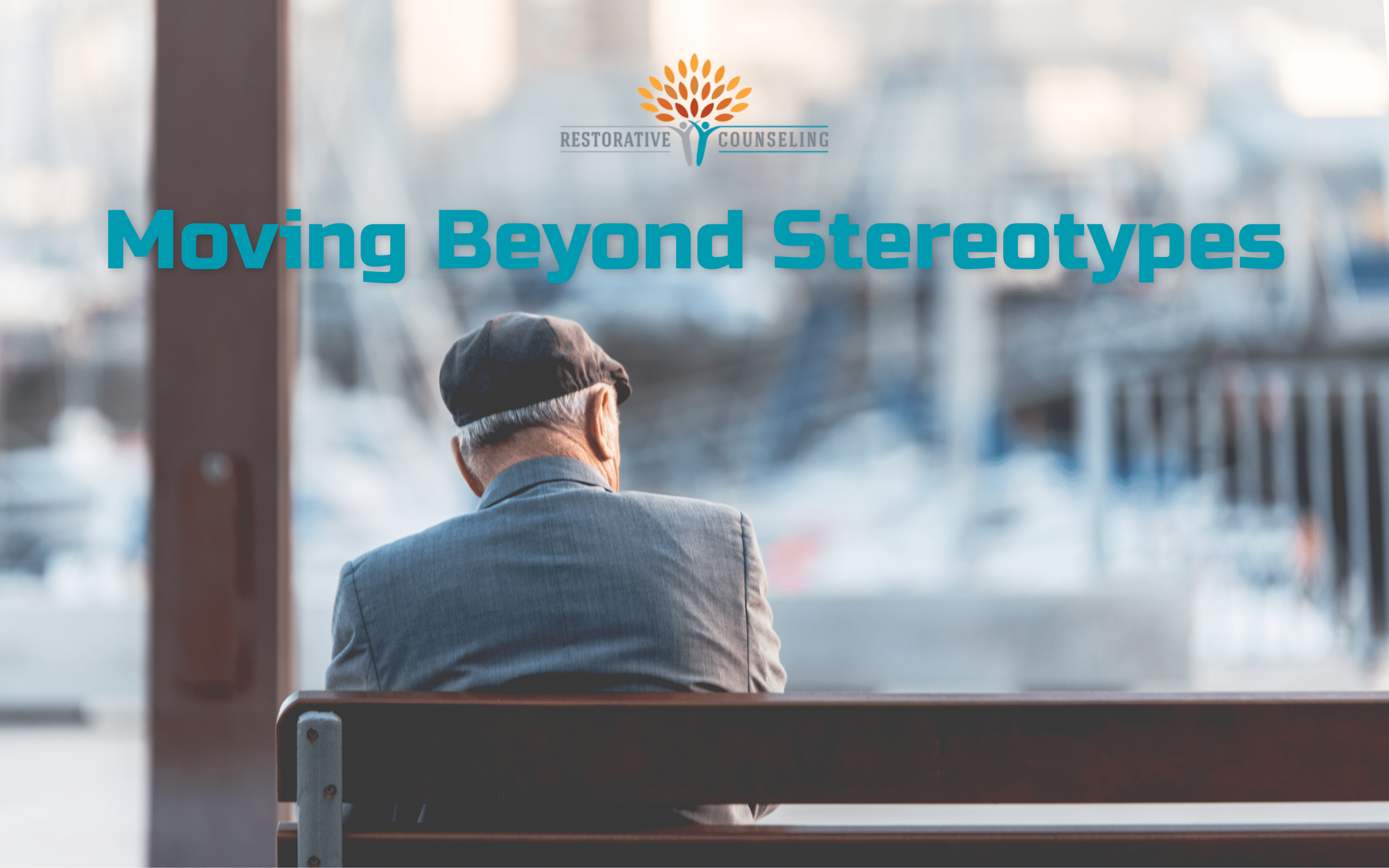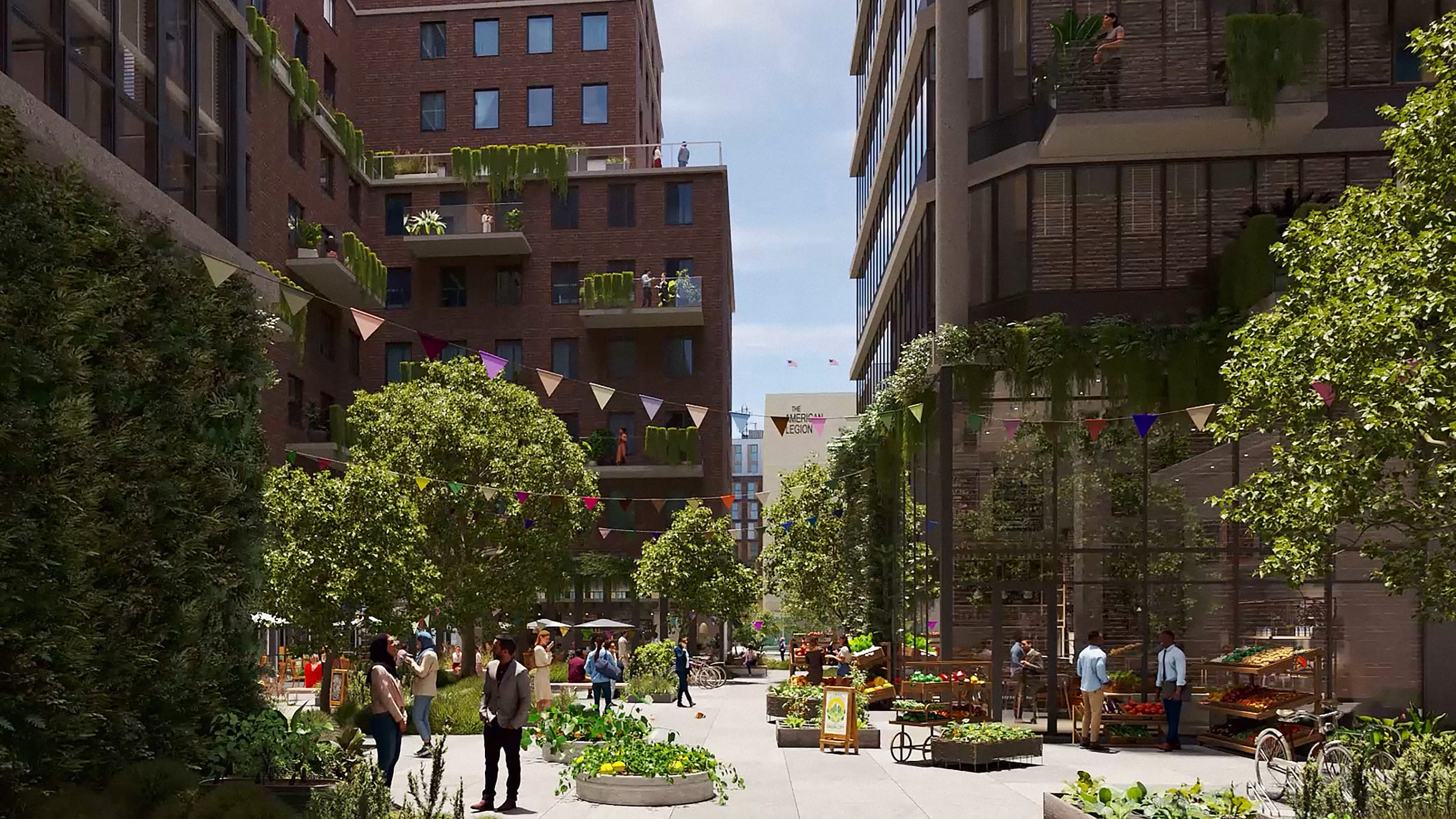Moving Beyond Stereotypes: Creating Accurate Asian And Asian American Stories

Table of Contents
Understanding the Problem: The Perpetuation of Harmful Stereotypes
The underrepresentation and misrepresentation of Asian Americans in media are deeply rooted in harmful stereotypes that need to be actively challenged. These stereotypes not only fail to reflect the reality of diverse Asian American experiences but also inflict real damage.
The Model Minority Myth
The "model minority myth" paints a picture of Asian Americans as uniformly successful, hardworking, and docile. This seemingly positive stereotype is incredibly damaging. It ignores the struggles faced by many within the community, including:
- Economic hardship: Many Asian Americans experience poverty and lack of access to resources. The model minority myth erases these realities.
- Mental health challenges: The pressure to conform to this idealized image can lead to significant mental health issues, including anxiety and depression.
- Intergenerational trauma: The myth often overlooks historical injustices and systemic oppression faced by Asian communities.
- Examples in Media: The overrepresentation of high-achieving, quiet, and obedient Asian characters reinforces this damaging myth, leaving little room for flawed, complex, and relatable individuals.
This inaccurate portrayal creates a harmful pressure to conform and silences the voices of those who don't fit this narrow definition. Addressing the "model minority myth" is crucial for achieving authentic Asian American representation.
The Foreigner/Perpetual Outsider
Another pervasive stereotype is the "perpetual foreigner," portraying Asian Americans as inherently foreign, regardless of their citizenship or length of residence in the country. This trope:
- Reinforces "otherness": It creates a sense of distance and prevents Asian Americans from being seen as fully integrated members of society.
- Examples in Film and Television: Characters are often depicted with thick accents, limited English proficiency, or as perpetual students, highlighting their foreignness.
- Impacts Identity Formation: This constant reminder of "otherness" significantly impacts the identity formation of young Asian Americans.
Combating this stereotype requires creating characters who are fully integrated into their environments, with complex lives and relationships that transcend their ethnicity.
The Lack of Diversity Within the Community
The Asian American community is incredibly diverse, encompassing a vast array of ethnicities, nationalities, and cultural backgrounds. Representing this diversity is crucial. This includes:
- The Asian Diaspora: Recognizing the unique experiences of individuals from China, Japan, Korea, the Philippines, Vietnam, India, and countless other nations within the Asian diaspora.
- Intersectional Representation: Acknowledging the complexities of intersecting identities, such as being Asian American and LGBTQ+, or Asian American and working-class.
- Beyond the Archetype: Moving beyond singular archetypes like the "tiger mom" or the nerdy genius, and showcasing the wide spectrum of personalities and experiences.
Creating Authentic and Nuanced Asian and Asian American Characters
Creating accurate representations requires careful consideration, research, and collaboration.
Research and Collaboration
Thorough research and genuine collaboration with the Asian American community are paramount. This includes:
- Consulting Experts: Seeking guidance from scholars in Asian American studies, cultural centers, and community organizations.
- Avoiding Cultural Appropriation: Ensuring that portrayals are respectful, authentic, and avoid exploiting cultural elements for superficial gain.
- Community Engagement: Actively seeking feedback from the community to ensure accuracy and avoid perpetuating harmful stereotypes.
Developing Complex Characters with Multifaceted Personalities
Moving beyond one-dimensional characters is essential. We need:
- Three-Dimensional Characters: Characters with strengths, weaknesses, flaws, and complex relationships.
- Realistic Portrayals: Characters who are not defined solely by their ethnicity but also by their individual personalities, experiences, and ambitions.
- Avoiding Tokenism: Ensuring that Asian American characters are not simply included to meet a quota but are integral to the narrative.
Showcasing a Range of Experiences
Asian American experiences are incredibly diverse. Storytelling should reflect:
- Socioeconomic Diversity: Showcasing characters from various socioeconomic backgrounds, addressing class disparities within the community.
- Family Structures: Portraying diverse family structures and relationships, moving beyond stereotypical depictions.
- Diverse Viewpoints: Presenting a range of political, social, and cultural viewpoints within the Asian American community.
Amplifying Asian and Asian American Voices Behind the Camera
Having Asian and Asian American creators involved in all aspects of production is crucial for achieving authentic representation.
The Importance of Asian and Asian American Writers, Directors, and Producers
Asian and Asian American writers, directors, and producers bring invaluable insights and perspectives.
- Authenticity of Storytelling: They can ensure that stories are told accurately and respectfully.
- Power Dynamics: Their involvement shifts the power dynamics, creating space for more nuanced and complex narratives.
- Diverse Creative Teams: The presence of Asian American individuals behind the camera ensures a more holistic and inclusive approach to filmmaking.
Creating Opportunities for Asian and Asian American Talent
Actively seeking out and promoting Asian American talent is crucial. This includes:
- Inclusive Casting: Consciously choosing Asian American actors for roles that are not specifically designated as "Asian."
- Mentorship and Support: Providing mentorship opportunities and fostering a supportive environment for emerging Asian American creatives.
- Amplifying Voices: Promoting and sharing the work of Asian American filmmakers and artists.
Conclusion
Accurate Asian American representation is not simply about ticking a box; it's about fostering a more just and equitable society. We've explored the pervasiveness of harmful stereotypes, the importance of accurate representation, and the need for community involvement in the creative process. By actively working towards accurate and inclusive Asian American representation, we can foster a more equitable and nuanced understanding of this vibrant community. Let's commit to moving beyond stereotypes and create stories that celebrate the diversity and richness of Asian and Asian American experiences. Support accurate Asian representation in media; demand responsible storytelling; and celebrate inclusive media that reflects the reality of the Asian American experience.

Featured Posts
-
 Sports Stadiums A Key To Breaking The Downtown Doom Loop
May 11, 2025
Sports Stadiums A Key To Breaking The Downtown Doom Loop
May 11, 2025 -
 Thomas Muellers Last Home Game Bayern Munich Secure Bundesliga Win
May 11, 2025
Thomas Muellers Last Home Game Bayern Munich Secure Bundesliga Win
May 11, 2025 -
 Payton Pritchards Sixth Man Award Victory A Week Of Celebration
May 11, 2025
Payton Pritchards Sixth Man Award Victory A Week Of Celebration
May 11, 2025 -
 Real Stories Real People The Importance Of Accurate Representation For Asian And Asian Americans In Media
May 11, 2025
Real Stories Real People The Importance Of Accurate Representation For Asian And Asian Americans In Media
May 11, 2025 -
 Grand Slam Track Revolutionizing The World Of Athletics
May 11, 2025
Grand Slam Track Revolutionizing The World Of Athletics
May 11, 2025
